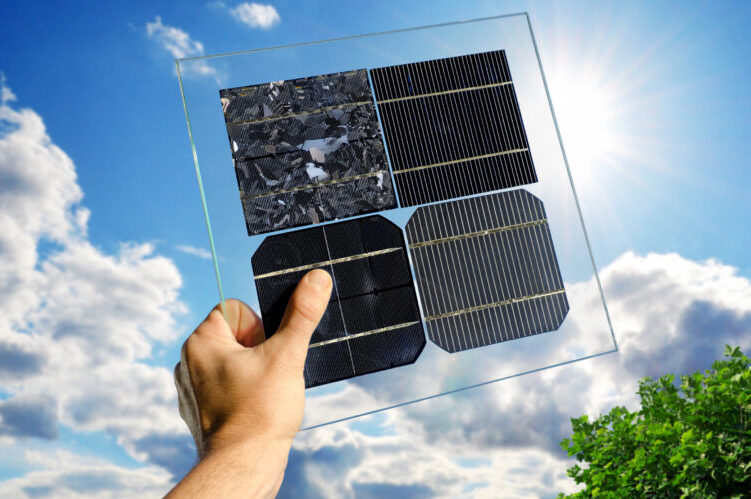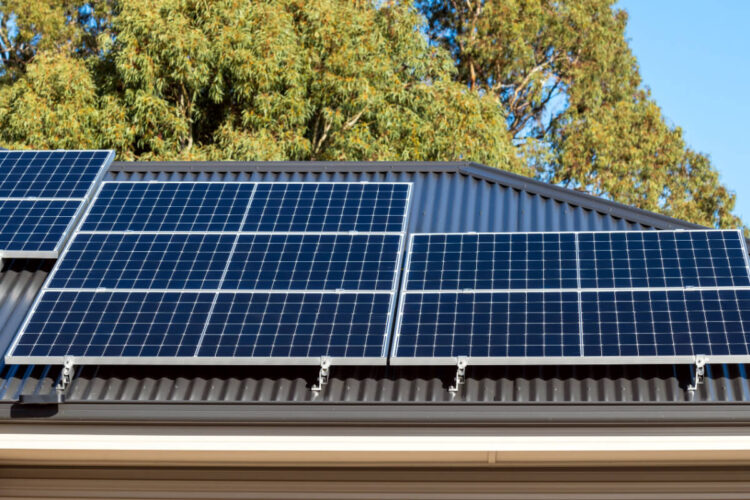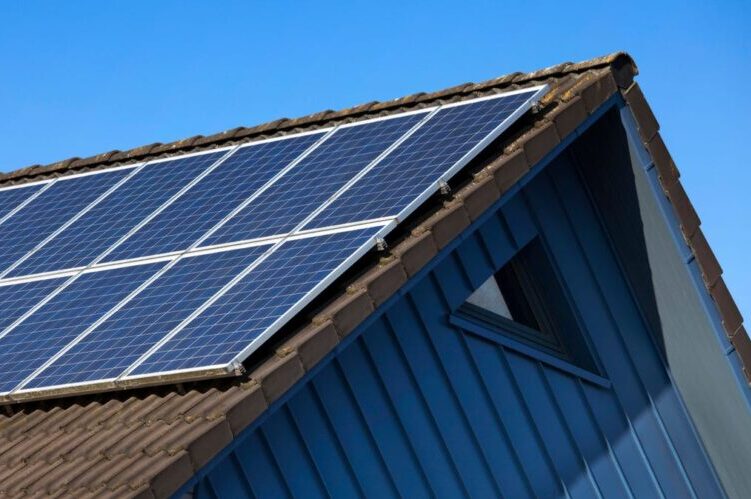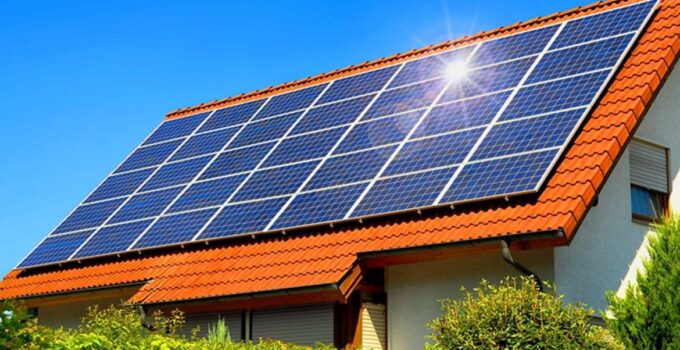Investing in solar energy is becoming increasingly popular as homeowners and businesses seek to reduce their carbon footprint and energy costs. A 6.6 kW solar system is a common choice for many, balancing affordability and energy production. We will explore the factors influencing the cost of a 6.6 kW solar system, average prices, and paramount considerations to remember when planning a solar installation.
Page Contents
Factors Affecting the Cost of a 6.6 kW Solar System
Several factors contribute to the overall cost of a 6.6 kW solar system. Comprehending these factors is crucial for accurately estimating the expenses linked with your solar installation.
System Size
The capacity of a solar system is measured in kilowatts (kW), and a 6.6 kW system is invented to generate approximately 6,600 watts of electricity under ideal conditions. The size of the system directly affects the cost, as larger systems mandate more solar panels and equipment. The size of your system should be based on your energy consumption and available roof space.
Solar Panel Type and Efficiency

Source: localproelectrical.com.au
The choice of solar panels significantly influences the cost of your solar system. Distinct panel types, such as monocrystalline, polycrystalline, and thin film, alter in efficiency and price. High-efficiency panels cost more but can generate more electricity per square foot of space, potentially reducing the number of panels required.
Installation Complexity
The complexity of the installation also influences the cost. Factors such as the roof’s condition, orientation, and shading can affect installation. A more complex installation, such as mandating additional roof work or specialized mounting systems, may result in higher labor costs.
Location
Your geographic location plays a role in determining the cost of a solar system. Local labor rates, permitting fees, and availability of solar incentives and rebates can alter significantly from one region to another. It’s paramount to consider these factors when estimating the overall cost of your solar installation.
Incentives and Rebates
Federal, state, and local incentives and rebates can lessen the upfront cost of a solar system. The Federal Investment Tax Credit (ITC), for example, offers a tax credit of up to 26% of the system’s cost (as of 2021). State and local incentives can further offset the expenses, making solar more affordable.
Quality of Components
The quality of solar components, including inverters, racking systems, and wiring, can influence both the cost and performance of your solar system. Investing in high-quality components may come with a higher initial price but can usher in better long-term reliability and energy production.
Average Cost of a 6.6 kW Solar System

Source: canstarblue.com.au
The average cost of a 6.6 kW solar system in the United States ranged from $12,000 to $20,000 before incentives and rebates. Nevertheless, these costs can vary significantly based on the factors. To provide more recent and accurate pricing, it’s recommended to obtain quotes from local solar installation companies or use online solar calculators specific to your location.
Considerations When Planning a 6.6 kW Solar Installation
When planning to install a 6.6 kW solar system, several considerations can help you make informed decisions and maximize the benefits of your investment.
Energy Consumption:
Assess your current and future energy needs to determine if a 6.6 kW solar system is the right size for your property. Contemplate changes in household energy usage, the accumulation of electric vehicles, and the possibility of energy-efficient upgrades.
Solar Panel Efficiency

Source: cnet.com
Choose solar panels with an appropriate balance between cost and efficiency. High-efficiency panels can generate more electricity but may come at a higher price. Evaluate whether the increased efficiency justifies the added cost based on your available roof space and energy goals.
Financing Options
Explore financing options, such as cash purchases, solar loans, leases, or power purchase agreements (PPAs). Each financing method has its advantages and considerations. Determine which option aligns best with your financial situation and long-term goals.
Solar Incentives and Rebates
Research available solar incentives and rebates in your area. The Federal Investment Tax Credit (ITC) provides a significant federal tax benefit, but state and local programs may offer additional financial incentives. Be aware of eligibility requirements and application deadlines.
Solar Installation Companies
Choose a reputable and experienced solar installation company. Request multiple quotes, check customer reviews, and verify licenses and certifications. A trustworthy installer ensures a smooth and reliable installation process.
A 6.6 kW solar system can provide significant environmental and financial benefits. Understanding the factors that affect its cost and considering the various aspects of planning and installation is essential for a successful solar project. As solar technology continues to advance and incentives evolve, the cost-effectiveness of solar power is expected to improve, making it an increasingly attractive option for homeowners and businesses seeking sustainable energy solutions.
To obtain accurate pricing and tailored advice, consult with local solar professionals and explore the current incentives available in your area. EcoGen America’s article about solar panel costs in NM provides all the information you need.





